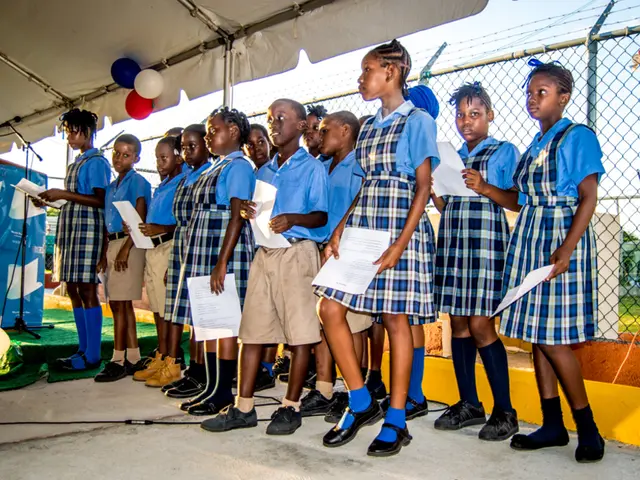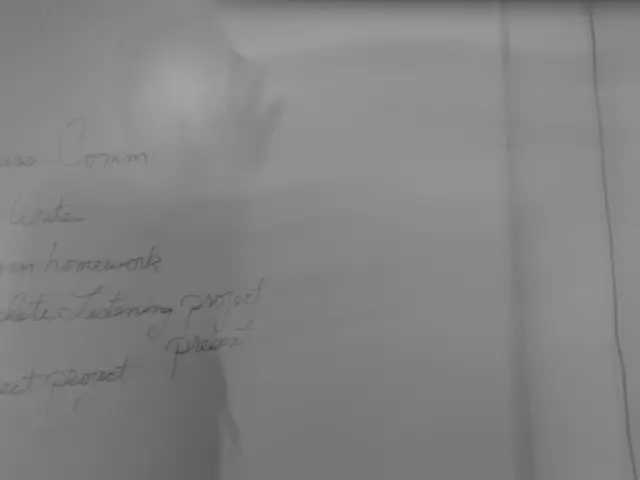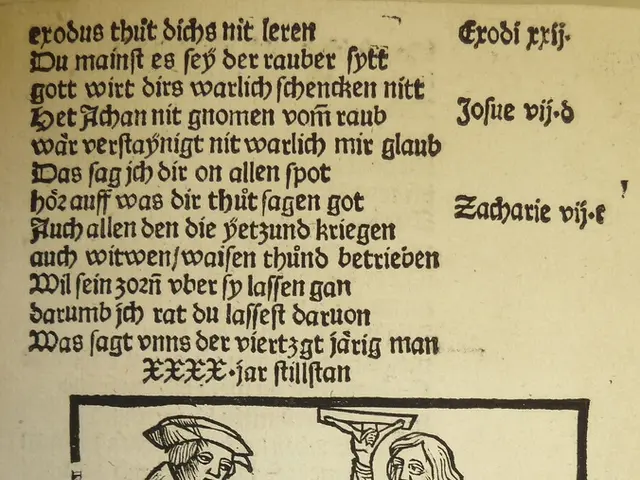Exploring the 5-Plus-3-Plus-3-Plus-4 Education Structure in India
Introducing India's New Education Policy: The 5+3+3+4 Model
India has introduced a new educational framework, the 5+3+3+4 model, under its National Education Policy (NEP) 2020. This replaces the older 10+2 system and aims to structure education around the cognitive and developmental needs of children.
The Foundational Stage (5 years) is the first phase, covering children from the age group of 3-8. It includes 3 years of pre-school/Anganwadi (ages 3-6) and Grades 1–2 (ages 6–8). This stage emphasizes early childhood care and education (ECCE), recognizing that over 85% of brain development occurs before age 6.
The Preparatory Stage (3 years) follows, with classes 3 to 5, ages 8–11. This stage builds upon the foundational years by introducing children to more formal learning while maintaining play-based, activity-based, and inquiry-driven learning methods.
The Middle Stage (3 years) comes next, with classes 6 to 8, ages 11–14. In this stage, students engage in subject-oriented learning and develop critical thinking and analytical skills. The curriculum introduces concepts in sciences, mathematics, arts, social sciences, and humanities in a structured way.
Critical thinking, problem-solving, and analysis skills are strongly emphasized in the Middle Stage, encouraging students to ask questions rather than just memorize answers. Coding, vocational education, and internships are introduced from Grade 6, providing early exposure to practical skills and career exploration.
The Secondary Stage (4 years) is the final phase, covering classes 9 to 12, ages 14–18. This stage is divided into two phases (Grades 9–10 and 11–12), offering a multidisciplinary, flexible, and choice-based curriculum. Students in the Secondary Stage undertake projects, internships, and experiential learning, including exposure to local contexts, vocational training, and global knowledge.
The teaching-learning process in the Secondary Stage focuses on critical thinking, problem-solving, analysis, and research orientation, while also nurturing creativity, ethics, and values. Assessments move away from rote memorization towards a holistic evaluation system that measures conceptual understanding, practical skills, and application of knowledge.
Language learning continues with the three-language formula in the Middle Stage, promoting multilingual abilities and cultural awareness. The mother tongue or home language will remain the primary medium of instruction in the new education model.
The revised education model focuses on Early Childhood Care and Education (ECCE) to ensure that every child entering Grade 1 is school-ready. The aim is to achieve universal access to high-quality ECCE by 2030. The 5+3+3+4 Educational Model aims to create future-ready citizens by aligning education with a child's developmental stages, prioritizing critical thinking, creativity, and flexibility in subject choices.
Read also:
- Kamala Harris announces her ongoing political plans-for the present time
- Genetic Rarity Explored: Insights into Science, Struggles, and Misconceptions Surrounding Albinism
- Smoking Secondhand: Impact, Frequently Asked Questions, and Additional Information
- Strategies for Mitigating Negative Feelings in Customer Interaction with Your Goods or Services








